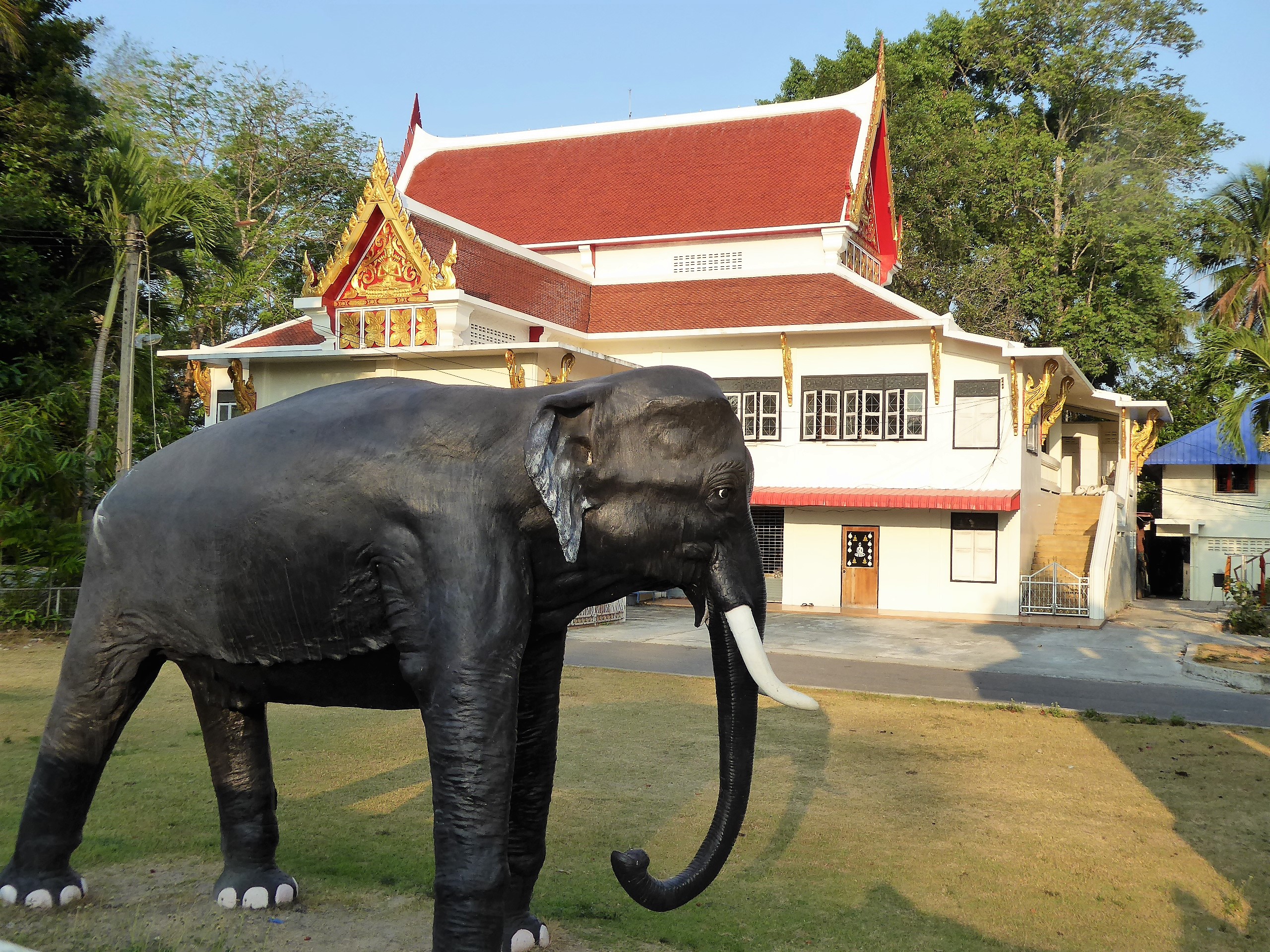The main Temple in the city of Kon Khan (in the north east of Thailand) is an impressive multi-story building, shaped like a cross between a giant spire and a pyramid.
On my visit there I wasn’t expecting to see anything out of the ordinary because after all, I had seen many other Buddhist temples in Thailand – as well as Cambodia, Laos and Myanmar.
But there was something different about this temple and I ended up staying there a lot longer than I’d anticipated….
Entering Kon Khan’s temple at the ground level – the base of the pyramid as it were, and by far the largest area in the temple -I was met a place of worship for the living and internment for the dead.
A place of worship for the living
And interment for the dead….
However, on the third and fourth levels of the temple was something I had never seen before: a museum: a place where the past was stored; relics from a time long ago when most Thais, especially those living in the poorer areas in the north east of the country, lived in villages. And when the cities, including Kon Khan, were a fraction of the size they are today.
I knew something about that world, having travelled in South East Asia during the 1980’s, when Bangkok for example was a large town and nothing like the modern skyline today with its high towers and busy highways; when taking the boat down the Mekong was the normal way to reach the post office to pick up one’s mail at the post restante. It was an era well before the appearance of the pc, internet, mobile phone and social media.
Still, even then, I had no inkling of what the reality of rural life was until I visited Khon Khan’s temple in August 2023, accompanied by a Thai person who had grown up in a village during that bygone era – and was keen to reminisce.
Without her, those relics would have remained a mystery to me – none of them were labelled and there were no information boards. The relics and accompanying paintings were kept there, but no attempt had been made to create a genuine exhibition. It was a bit of a mystery.
It was not only foreigners like me – Farang – who did not know what they were looking at. It also included most Thais, who had either grown up in the city or were too young to know or care about the past. And after all said and done, most people came to temple to pray for good luck and ward off evil spirits. Their focus was on the ground floor and they had little motivation to climb the stairs to the upper stories.
Our Thai friend was nostalgic for the rural way of life which had vanished long ago; she had grown up in a village, spending her days working with her brothers and sisters in rice paddies and surrounded on all sides by heavy jungle.
It was her nostalgia which made her an enthuastic guide.
She often used the word ‘easy’, but I think she meant ‘simple’.
‘Easy way of life. Easy. Food was everywhere. Rats, frogs – many different kinds – birds, snakes, fish big ones and small ones……easy finding food. All around, everywhere….’
Many of the implements she pointed out to us were used to catch this menagerie of creatures. Other instruments were used to grind grasses, nuts and seeds and berries found in the jungle.
It was a way of life which she had experienced as a child and had vanished with the mechanisation of agriculture, the clearing of jungles, and the use of pesticides and fertilisers.
Some younger Thais joined us and asked her about the various implements on display – and were just as enthralled as we were.
Various baskets used to trap fish and frogs.
Then came another part of our Temple Museum excursion: on the walls there were paintings of the past rural village life and once again, our Thai friend pointed out the salient details.
The idyll of village life….
Easy to idealise the past, but it was a constant round of hard work…..
Nature could be bountiful with the creatures which could be eaten but it could be threatening too….
She could vividly remember being sent to school and authorities appearing at the village to make sure that the kids were going to school instead of working or foraging …
In that traditional life, there were no doctors and no medicines. Only the monks offered any kind of solice for the living and also, the dying.
Who was responsible for collecting these traditional tools and implements which had not been used in decades?
And who had painted the rural scenes?
(In the case of each of these, there were many more examples than featured in these photos).
Was their someone in the monastery hierarchy who realised that a way of life unchanged for centuries was on the verge of disappearance?
Perhaps a monk who had orginally come from a village (and most of the lower orders and trainee monks would have certainly come from a rural background)?
They were questions which cropped up in my mind after we left Khon Kaen and which I regret not asking at the time.













